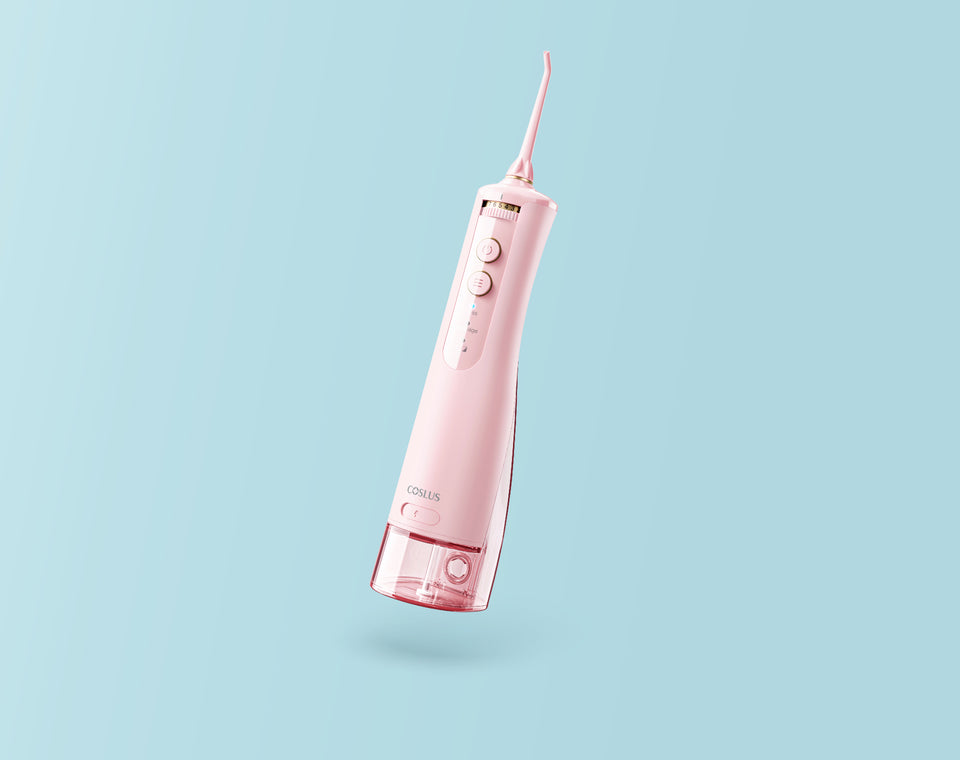Unlock a Brighter Smile: Discover the Magic of Water Dental Flossers!
Maintaining good oral hygiene is essential for overall health, and dental flossing plays a pivotal role in achieving that goal. For years, traditional dental floss has been the go-to method for cleaning between teeth, but it often poses challenges for many individuals. Enter the innovative water dental flosser—an advanced solution that is changing the way we think about oral care. These devices use a stream of pulsating water to effectively remove food particles and plaque from between the teeth and along the gum line. In this article, we'll explore the numerous benefits of water dental flossers, their key features, how to use them effectively, and debunk some common misconceptions surrounding their use.

Benefits of Water Dental Flossers
Water dental flossers provide a multitude of advantages over traditional flossing methods. One of the most significant benefits is their effectiveness in removing plaque and debris. Studies have shown that these devices can be more efficient than string floss, particularly in areas that are hard to reach. For individuals with braces or dental work, water flossers are a game-changer. They can easily navigate around brackets and wires, ensuring thorough cleaning without causing damage. Additionally, many users report that water flossers are easier to use, especially for those with limited dexterity or mobility issues. I have a friend who struggled with traditional flossing due to arthritis, but since switching to a water flosser, she has noticed a marked improvement in her oral health and no longer dreads the flossing routine. The gentle water stream is not only effective but also comfortable, making flossing a more pleasant experience.
Key Features to Look For
When selecting a water dental flosser, it's important to consider several key features that can enhance your experience. First and foremost, look for adjustable water pressure settings. This allows you to customize the intensity of the water flow, making it more comfortable, especially for sensitive gums. Tank capacity is another feature to consider; larger tanks mean longer usage between refills, which is ideal for families. Portability is also essential if you travel frequently. A compact, lightweight model can easily fit in your luggage without taking up too much space. Additionally, some water flossers come with various attachments, such as orthodontic tips for braces or periodontal tips for gum health. My cousin recently purchased a model with multiple attachments, and she loves how it caters to her specific dental needs, making her oral care routine much more effective.
How to Use a Water Dental Flosser Effectively
Using a water dental flosser is straightforward, but there are techniques to maximize its effectiveness. Start by filling the water reservoir with warm water. If you prefer, you can add a small amount of mouthwash for extra freshness. Select your desired water pressure setting, starting with a lower setting if you're a beginner. Lean over the sink and place the tip in your mouth, closing your lips around it to prevent splashing. Turn on the device and guide the water stream along the gum line, pausing briefly between teeth to flush out any debris. It’s advisable to floss for about one minute each day for optimal results. My neighbor, who initially used his flosser sporadically, found that establishing a daily routine made a significant difference in his oral hygiene, proving that consistency is key.
Common Misconceptions
Despite their growing popularity, there are several misconceptions about water dental flossers that need addressing. One common myth is that they are not as effective as traditional string floss. However, research suggests that water flossers can remove plaque and food particles just as effectively, if not more so, particularly in hard-to-reach areas. Another misconception is that water flossers are only for those with braces or dental work. In reality, they can benefit anyone looking to enhance their oral hygiene routine. Additionally, some people believe that water flossers are a replacement for brushing; while they are an excellent addition to oral care, they should complement, not replace, regular brushing and routine dental visits. Clarifying these points can help individuals make informed choices about their oral health.
Empowering Your Oral Care Routine
In summary, water dental flossers offer a modern and effective solution for maintaining oral hygiene. With their numerous benefits, such as ease of use and effectiveness, as well as features tailored to individual needs, they are a worthy addition to any dental care routine. By considering the tips for effective use and debunking common myths, we hope you feel empowered to incorporate a water dental flosser into your daily regimen. A brighter smile is just a water flosser away—consider making the switch for improved dental health today!



